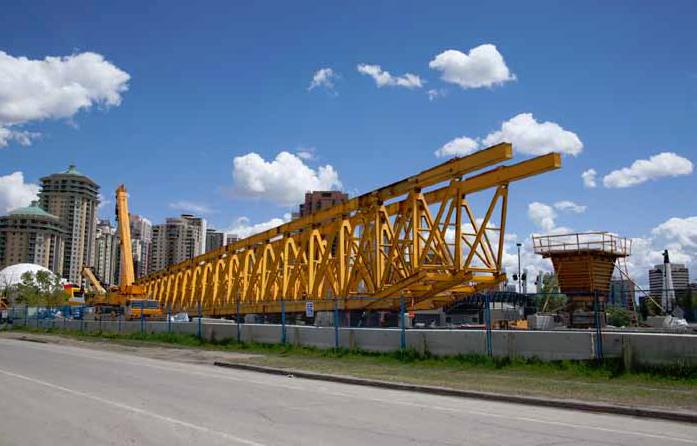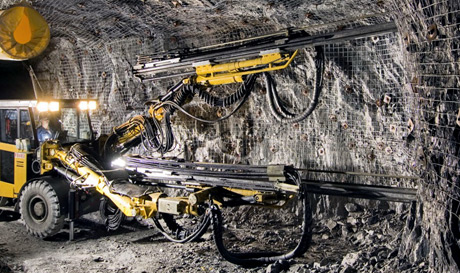
Le Bleu has been a top provider of bottled water to consumers, offices, retailers, high-end restaurants and resorts for more than two decades. Now top management is helping to nurture a fast-growing dietary supplement company, Nature’s Pearl. Keith Regan learns how the company is setting itself apart by embracing scientific studies on its muscadine grape supplement and using human networking to spread the word.











